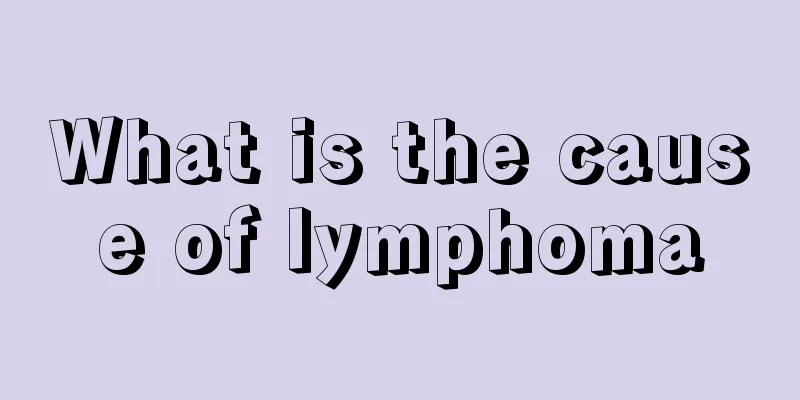Common complications after craniocerebral surgery, complication care is the most critical

|
Severe craniocerebral injuries require timely surgical treatment, but some complications are prone to occur after surgery, such as bleeding, infection, high fever, and epilepsy. These complications require good care, especially bleeding, which is the most serious complication. (1) Bleeding: It is the most dangerous complication and usually occurs within 24-48 hours after surgery. Bleeding after cerebral hemisphere surgery may present as supratentorial hematoma or cerebellar tentorial notch herniation; bleeding after posterior cranial fossa surgery may present as foramen magnum herniation; bleeding after intraventricular surgery may present as high fever, convulsions, coma, and significant vital sign disturbances. After the operation, all factors that may cause increased intracranial pressure must be eliminated to prevent bleeding. (2) Infection: Common: ① Incision infection: Mostly occurs 3-5 days after surgery. There must be incision pain, swelling, tenderness, subcutaneous effusion; scalp lymph node enlargement and tenderness; severe cases may cause cranial periostitis. ②Meningoencephalitis: often secondary to open craniocerebral injury, incision infection or cerebrospinal fluid leakage. The body temperature must drop to normal 3-4 days after surgery and then rise again, or the body temperature continues to rise after surgery, accompanied by headache, vomiting, impaired consciousness, meningeal irritation signs, etc.; the white blood cell count in the cerebrospinal fluid increases, and pus cells may be found in severe cases. ③Lung infection: usually occurs in about 1 week. It is common in patients with impaired consciousness and poor general condition. Measures such as isolation, cooling, maintaining airway patency, nutritional support and strengthening basic care were strictly enforced. (3) Central hyperthermia: It is common in patients with lesions in the hypothalamus, brainstem or upper cervical spinal cord, and is caused by dysfunction of the body temperature center. It usually occurs within 48 hours after surgery, and is often accompanied by symptoms of autonomic dysfunction such as impaired consciousness, pupil constriction, increased pulse, and rapid breathing. General cooling measures are less effective, so hibernation and hypothermia therapy is mandatory. (4) Diabetes insipidus: It mainly occurs after surgery for sellar region tumors (such as pituitary adenoma and craniopharyngioma). Symptoms include polyuria, more than several thousand milliliters per day, low urine specific gravity (less than 1.005), polydipsia, and thirst. Strictly follow the doctor's orders to give subcutaneous injection of posterior pituitary hormone; accurately record the input and output, and measure serum electrolytes to provide a basis for adjusting the dosage. (5) Gastrointestinal bleeding: mainly seen after surgery on the hypothalamus, brainstem, anterior third ventricle, fourth ventricle, etc. (6) Intractable hiccups: commonly seen after surgeries on the third ventricle, fourth ventricle, brainstem, etc. For those with gastric bloating or gastric retention, a gastric tube can be inserted to drain the gastric contents. You can also try methods such as compressing the eyeball, compressing the supraorbital nerve, pinching the nose, and stimulating coughing, but use with caution for those with increased intracranial pressure. If necessary, give chlorpromazine, promethazine, methylphenidate, etc. as prescribed by the doctor. (7) Epileptic seizures: They are mostly caused by hydrocephalus, brain tissue hypoxia, irritation of the motor cortex, etc. For surgeries involving the motor cortex and its vicinity, anti-epileptic drugs are routinely given after surgery. People with a history of epileptic seizures should rest in bed, avoid emotional excitement, ensure adequate sleep, and take anti-epileptic drugs to prevent seizures. During an attack, oxygen should be given, the patient should be protected from injury, and diazepam, 20% mannitol, etc. should be given intravenously as directed by the doctor. Observer C records the seizure conditions. |
<<: Treatment of sequelae of cerebral stroke, good recovery with Chinese medicine
>>: Secondary malignant tumors of the pericardium, common treatment methods
Recommend
The most common cause of skin cancer
Skin cancer is a very common disease in our daily...
Can patients with colon cancer exercise appropriately?
Remember to move more after colon cancer surgery....
What are the foods that thyroid cancer patients cannot eat
There are no foods that thyroid cancer patients a...
Colorectal cancer oral medication price
In these bright and sunny days of spring, people ...
Will staying up late make you fat
Being fat is a common topic nowadays. Many people...
What is the reason for hand tremors?
I believe that many friends will find that some p...
What is the best way to treat liver cancer? Four common methods of treating liver cancer
Many patients with liver cancer have lost their l...
How long does it take before you can drink soy milk
Many people in our lives like to drink soy milk, ...
Experts talk about how to prevent pancreatic cancer
Pancreatic cancer is a common cancer. Many people...
What are the danger signs of advanced pancreatic cancer
What are the danger signs of pancreatic cancer in...
Why does my lower abdomen hurt and I always want to pee?
Abdominal pain and the urge to urinate frequently...
What is the reason for general weakness and sweating
Due to the high work pressure of people nowadays,...
Does sweet potato flour contain high sugar content?
For diabetic patients, they should be careful to ...
What is the function of benzoyl peroxide gel
Many people do not know what benzoyl peroxide gel...
Hazards of talar fusion surgery
Generally, talar fusion surgery is used to treat ...









